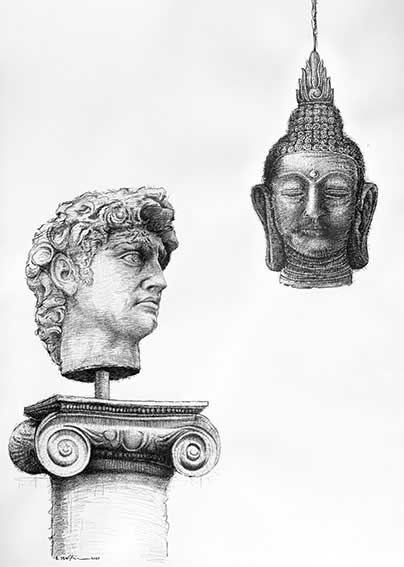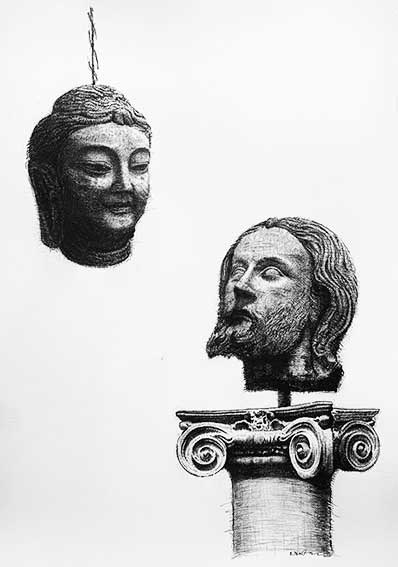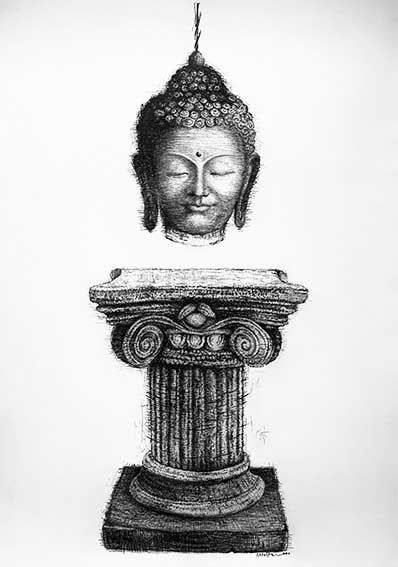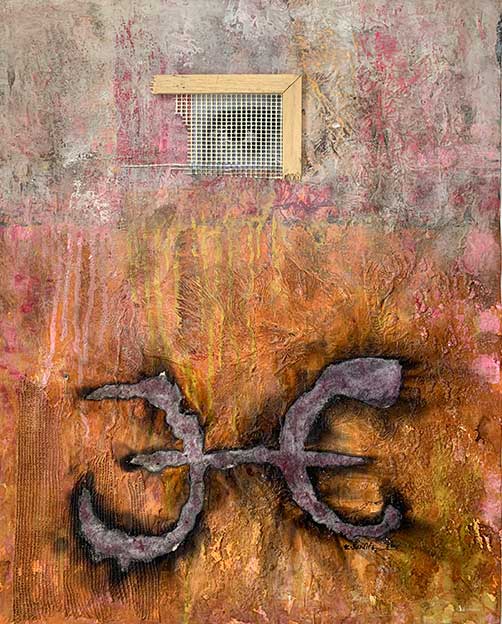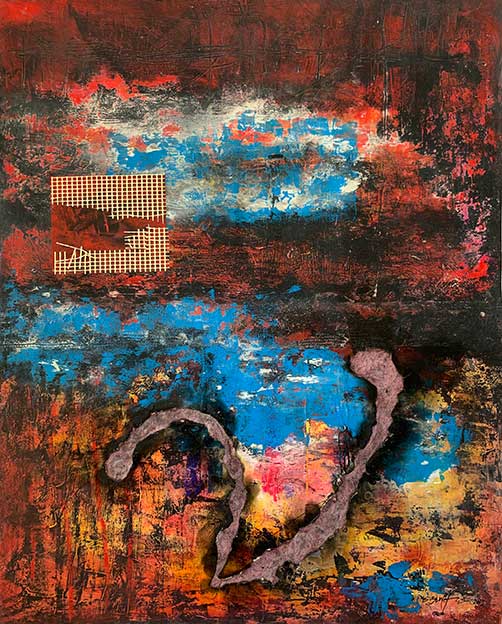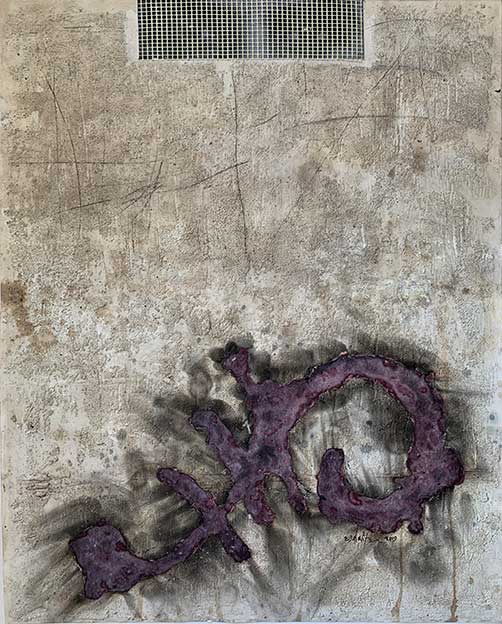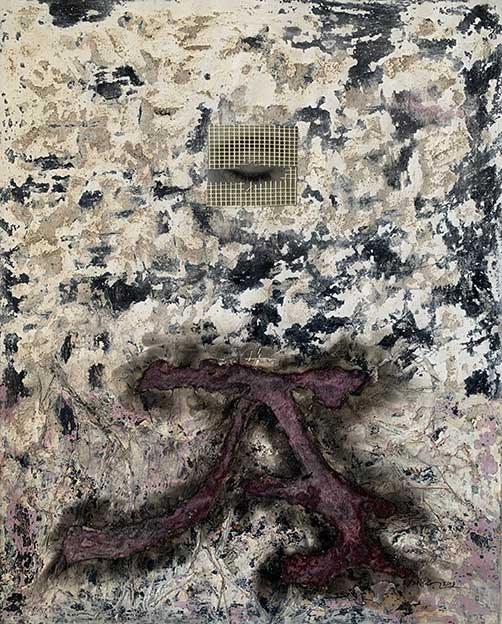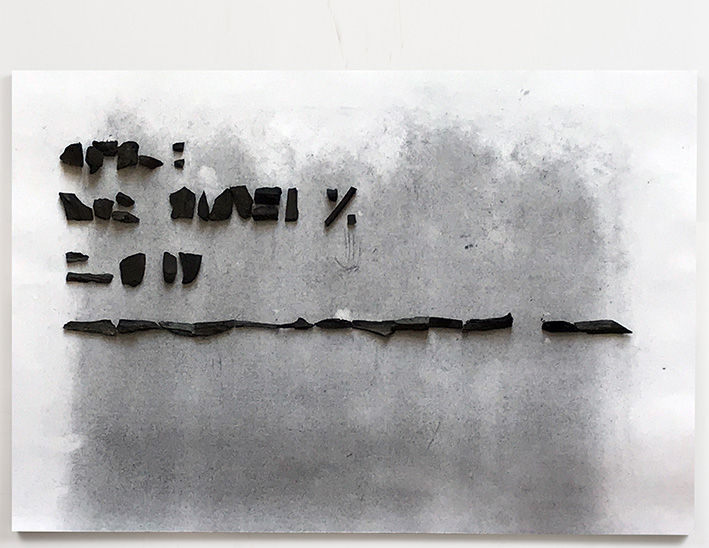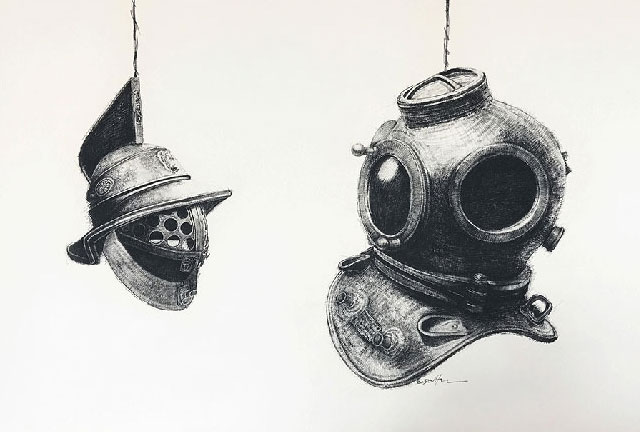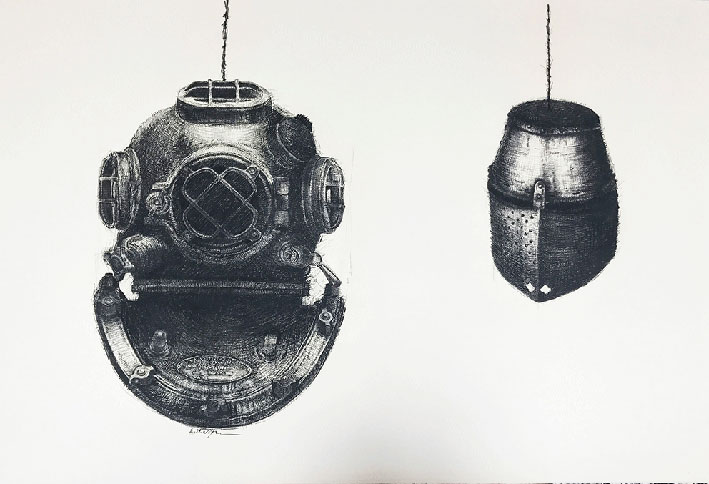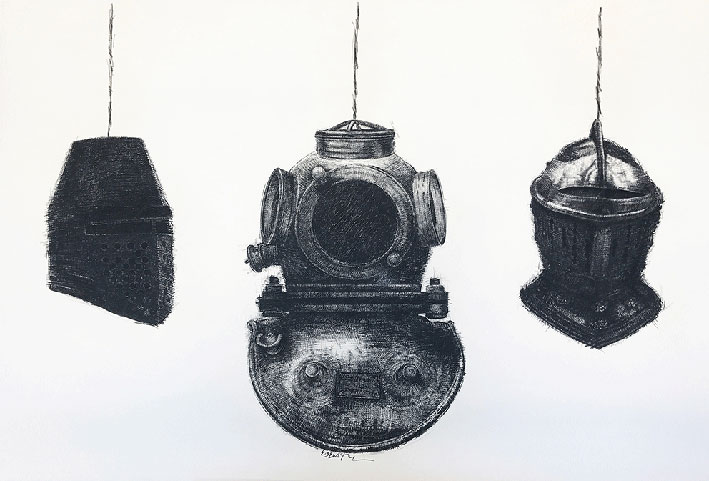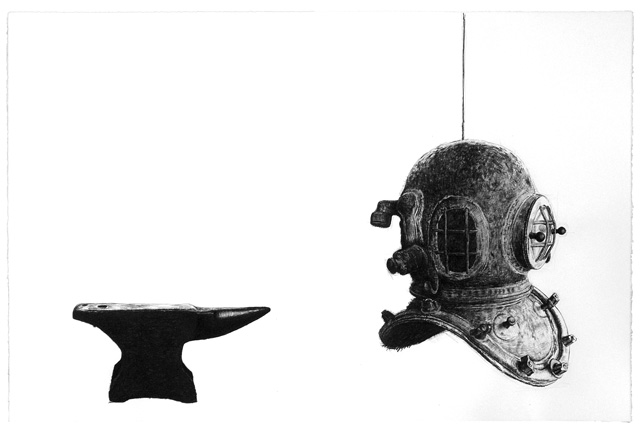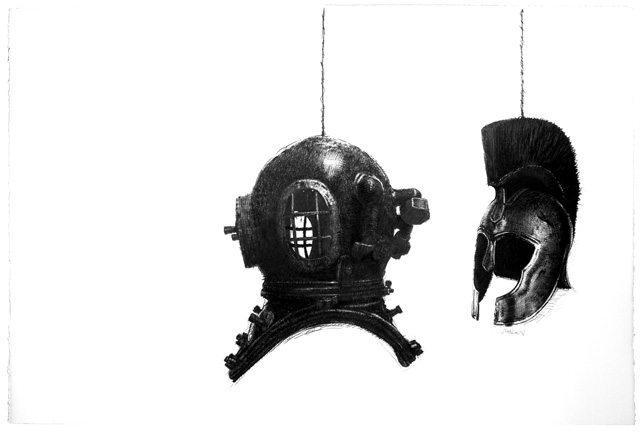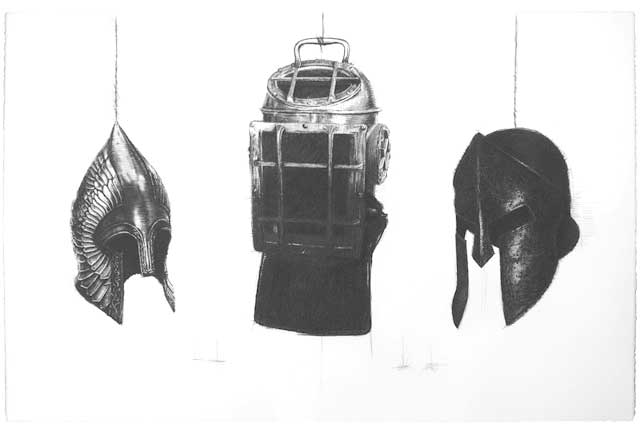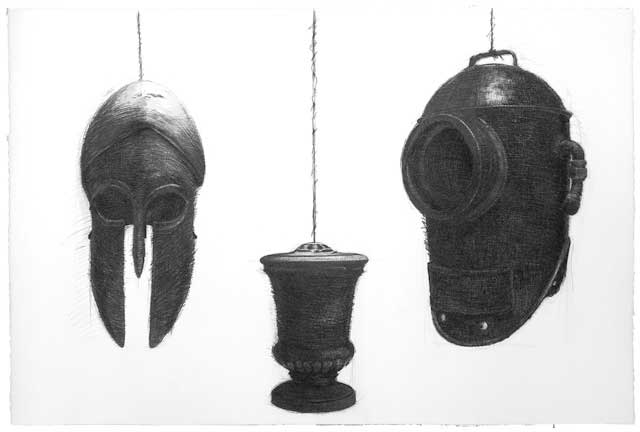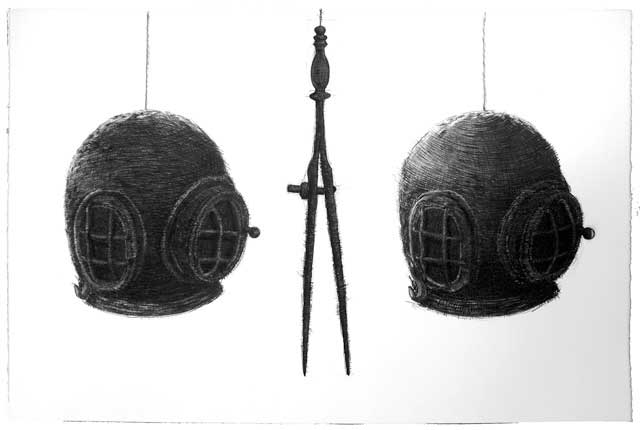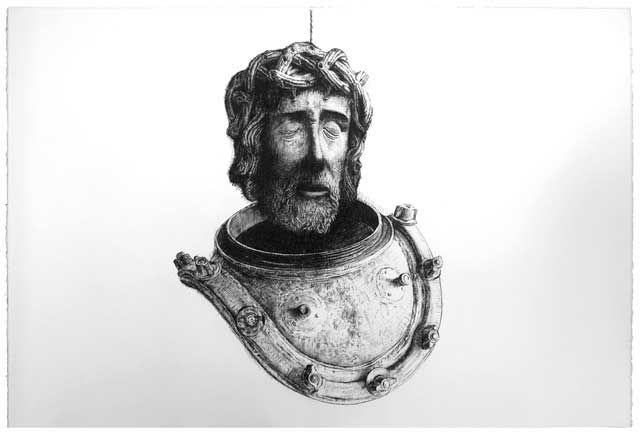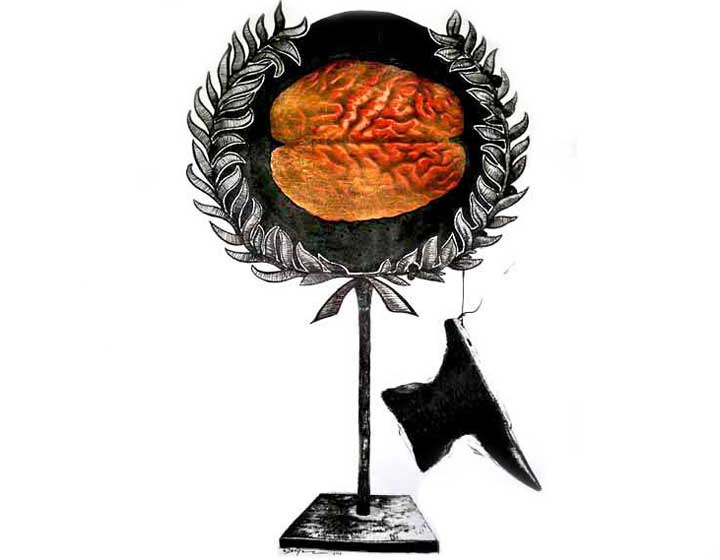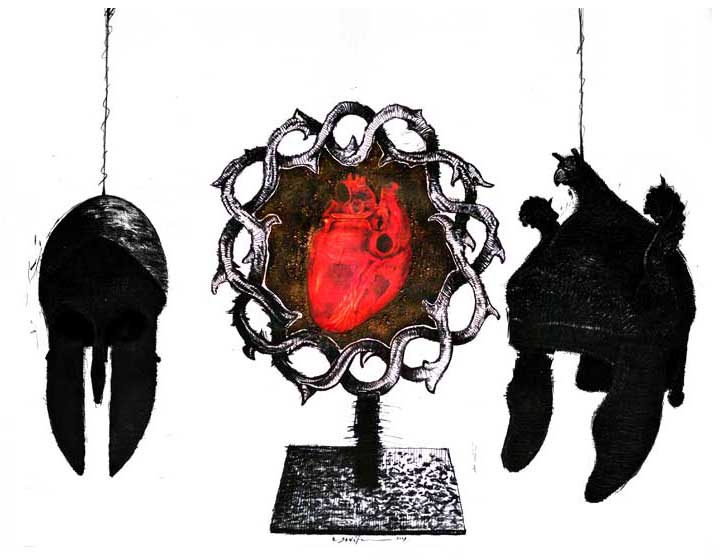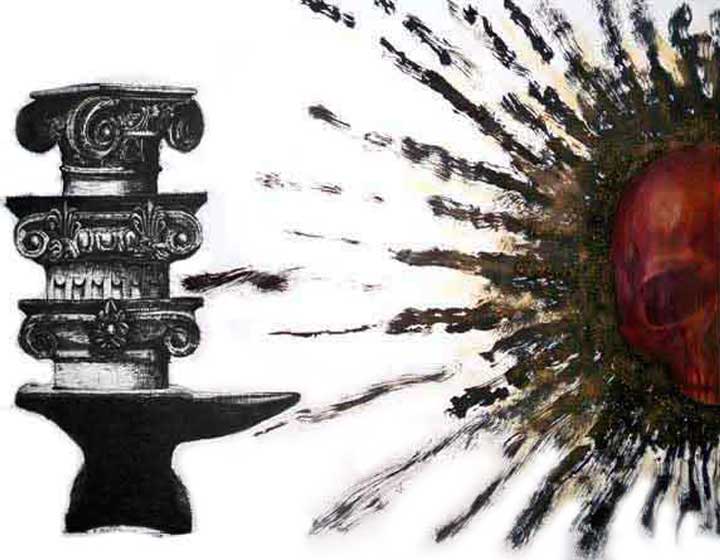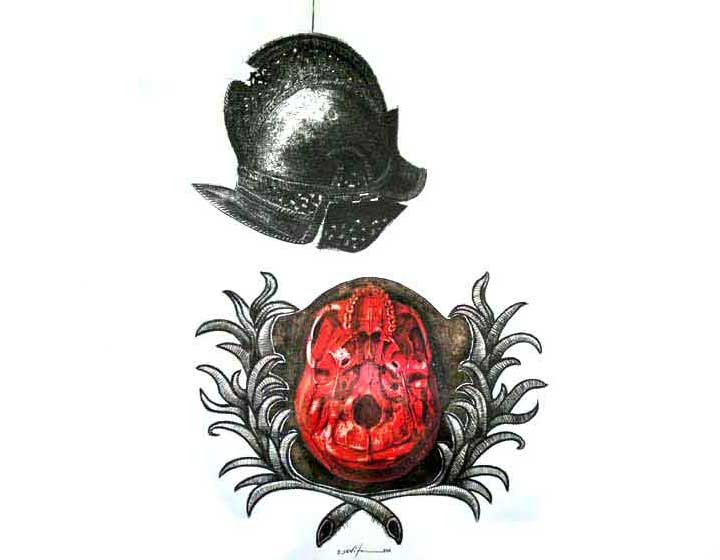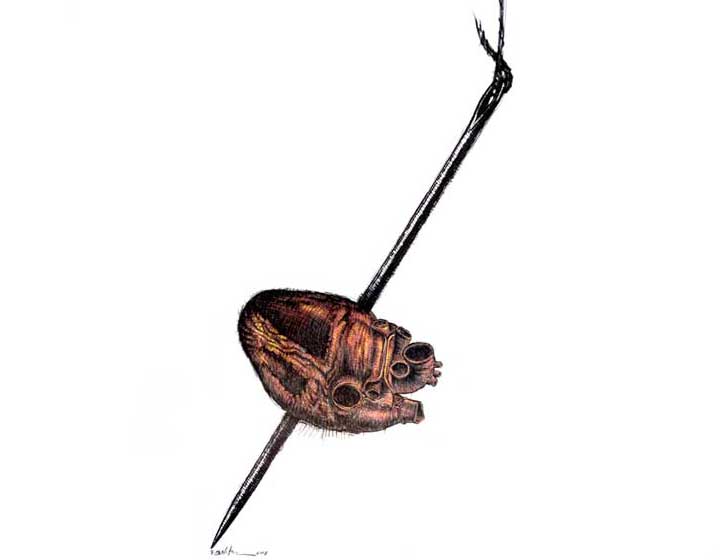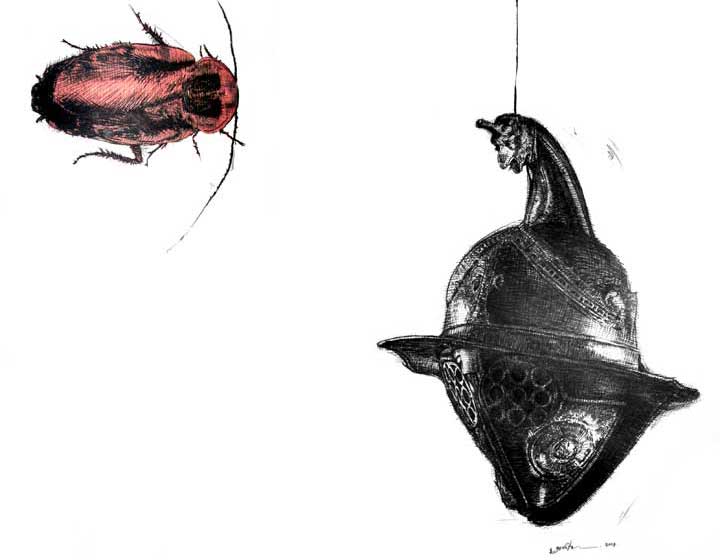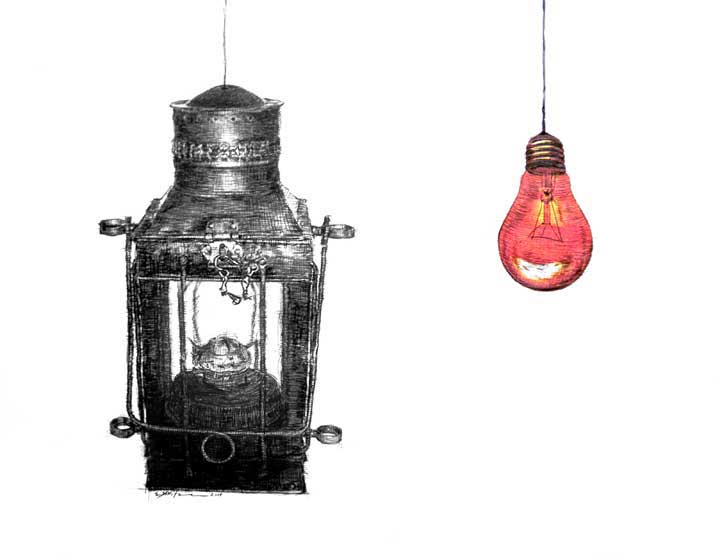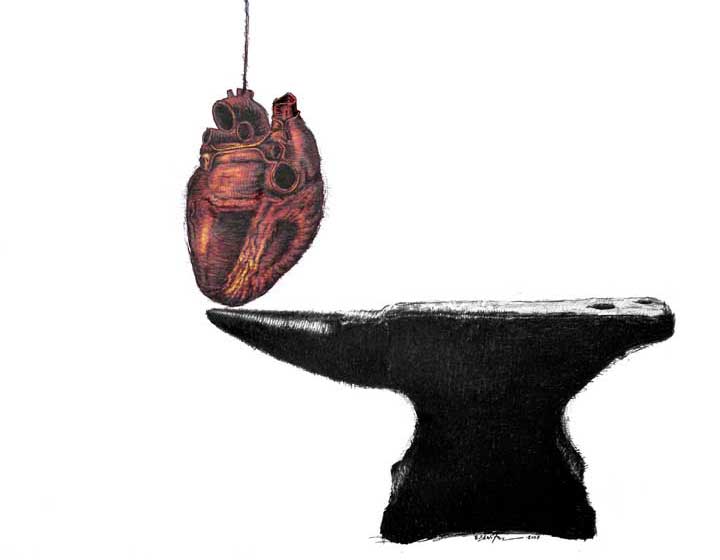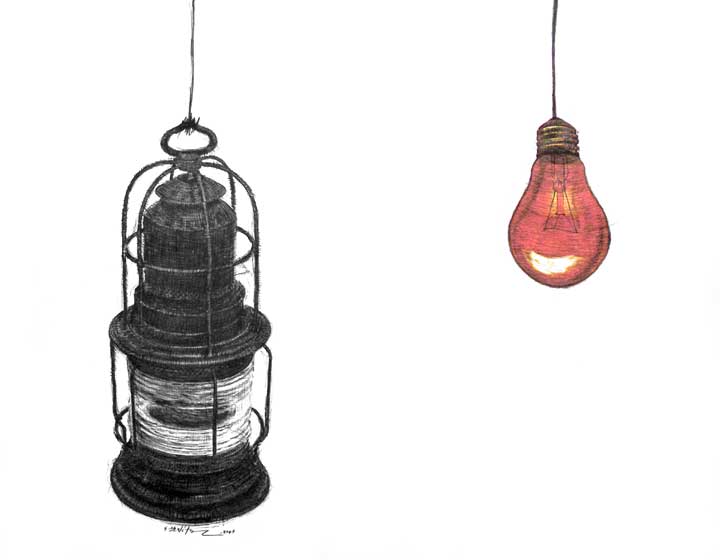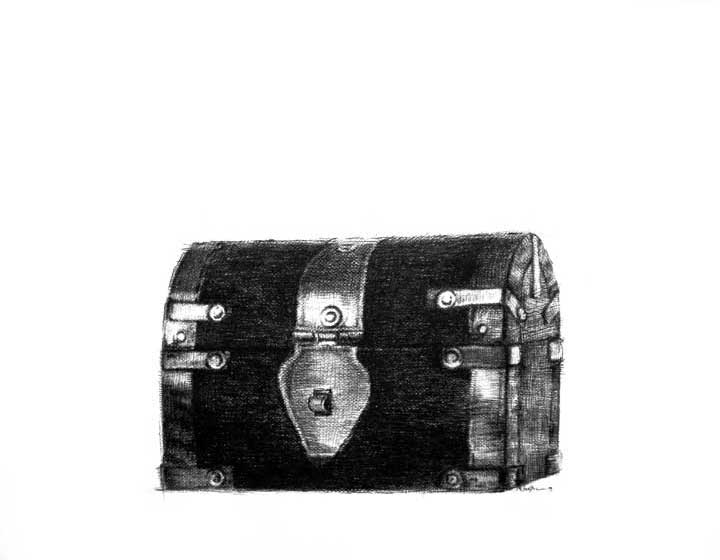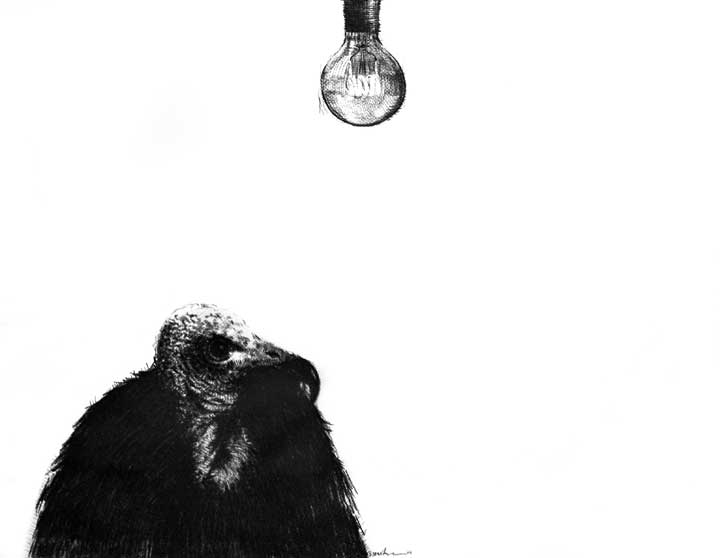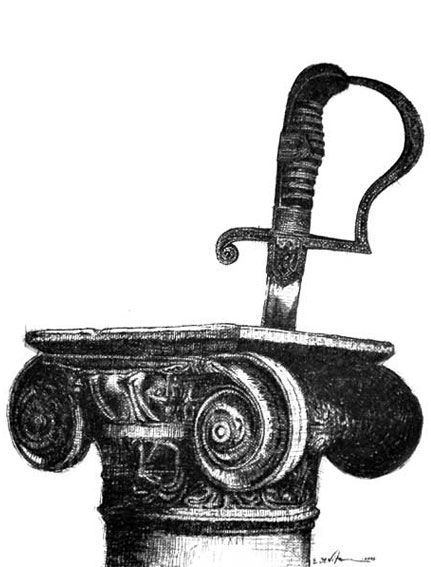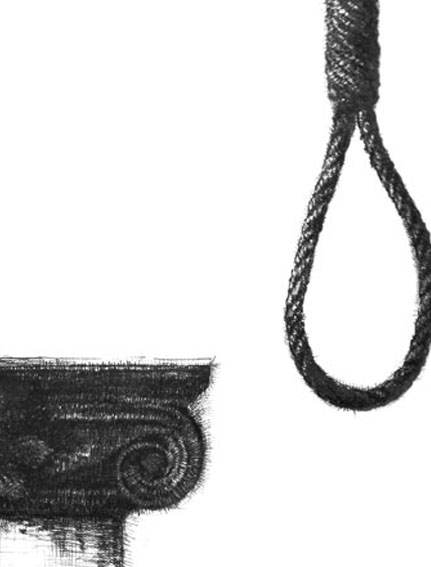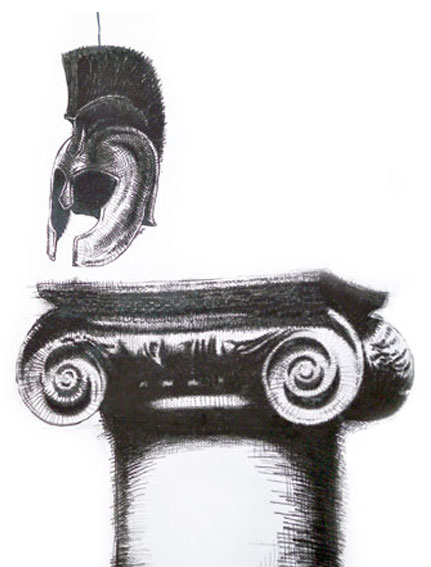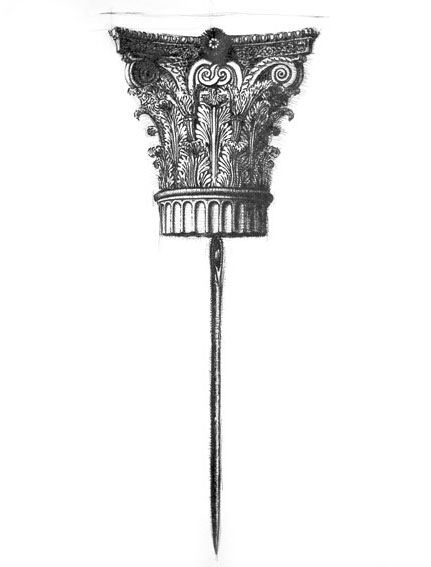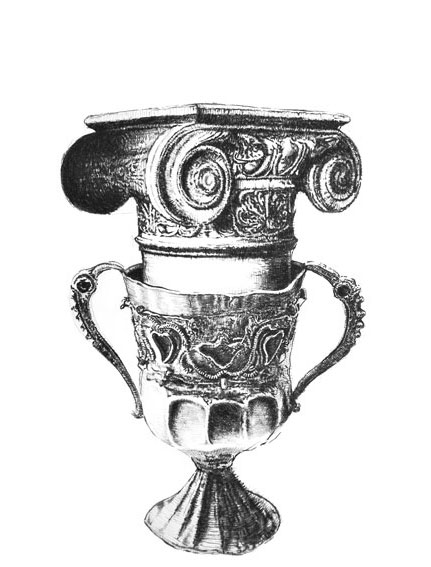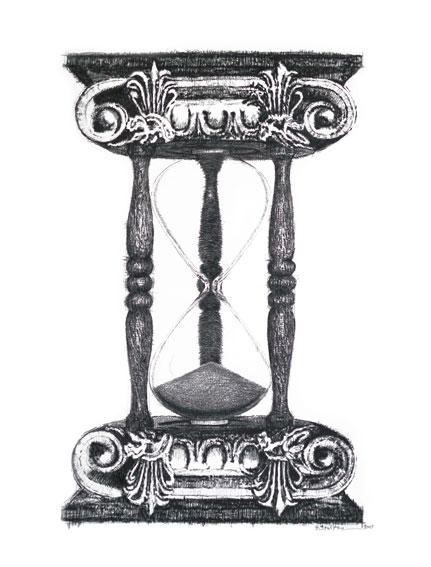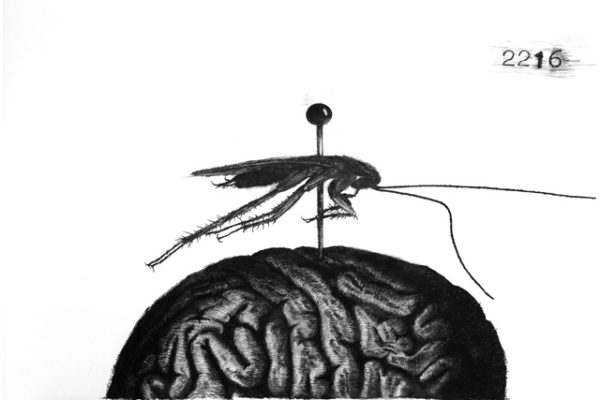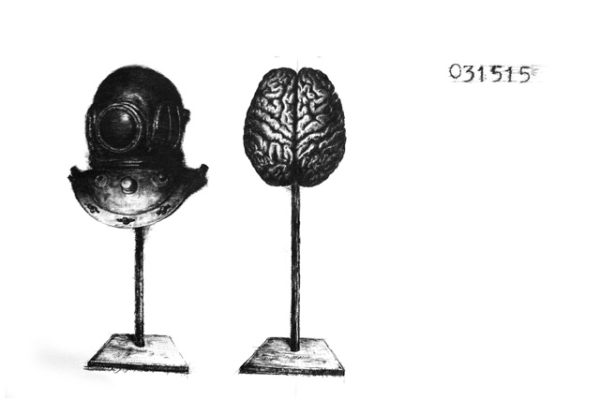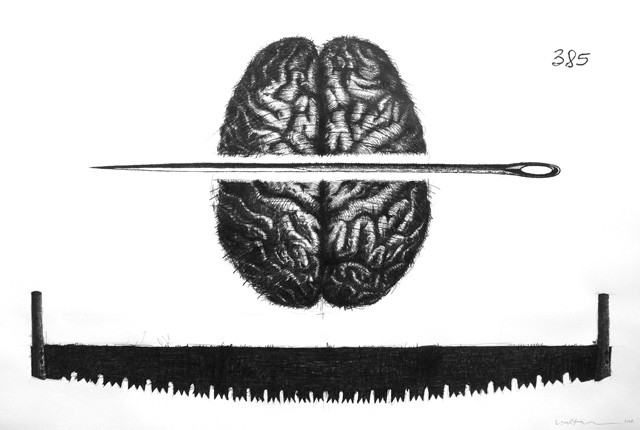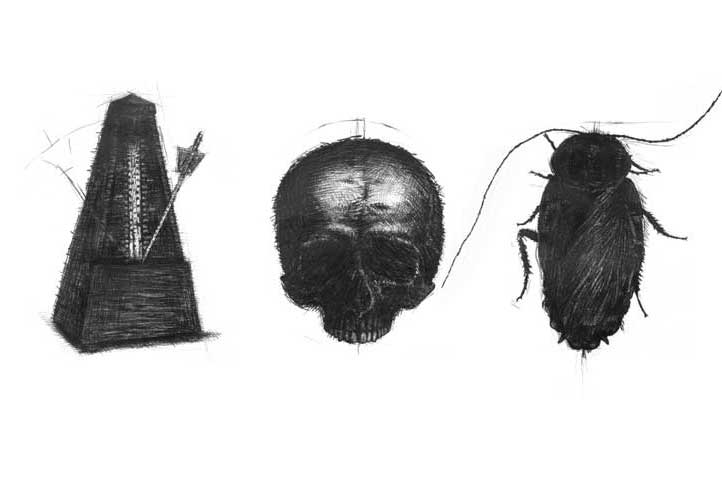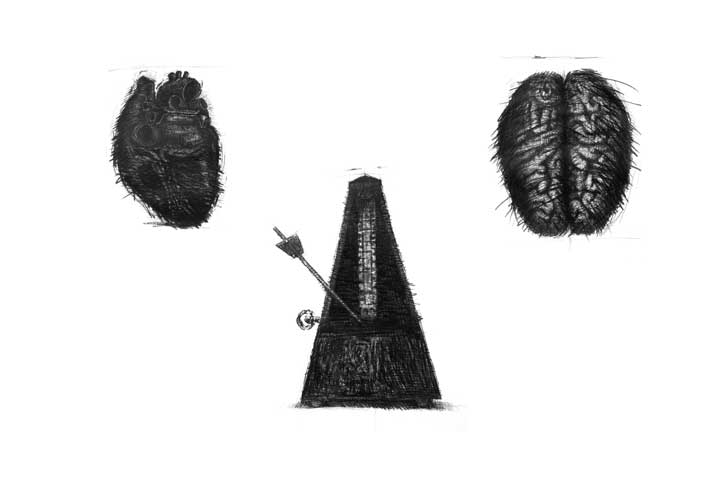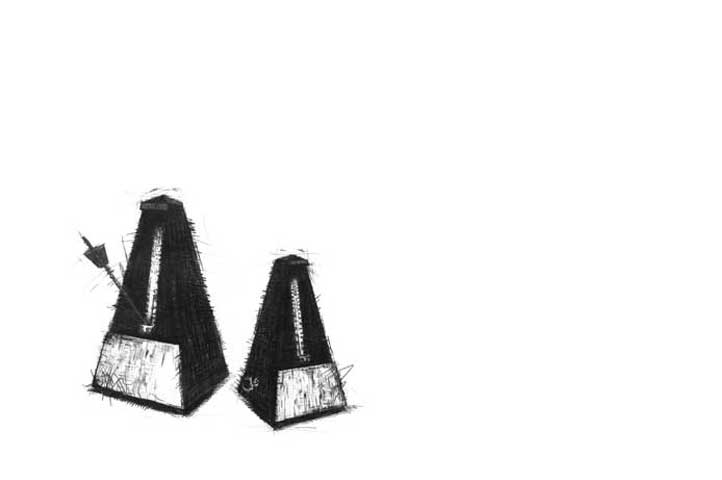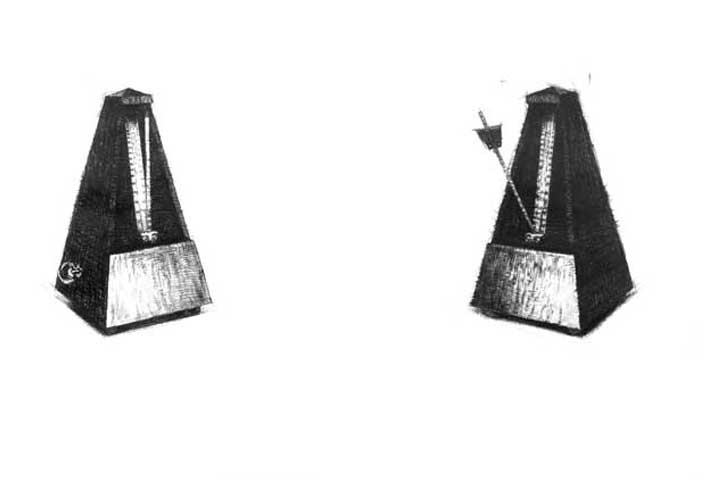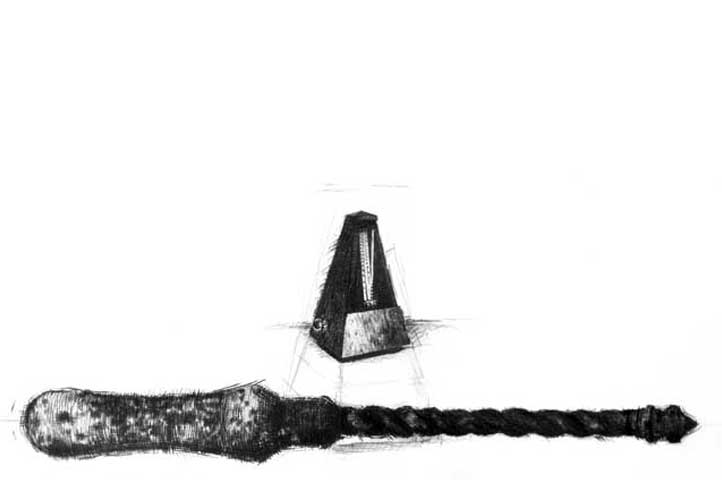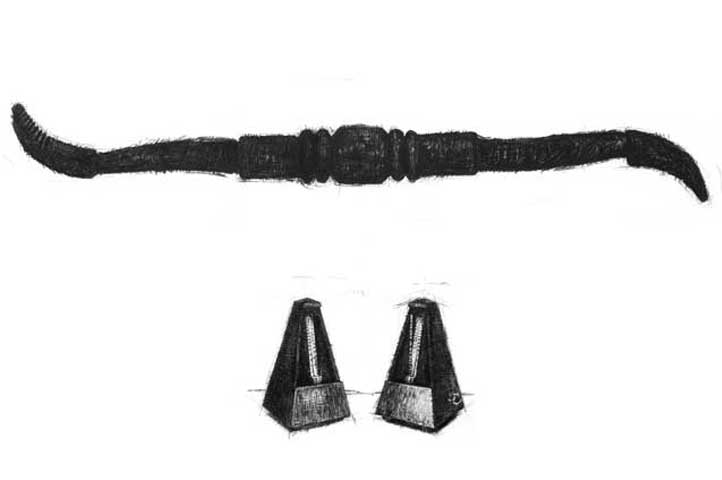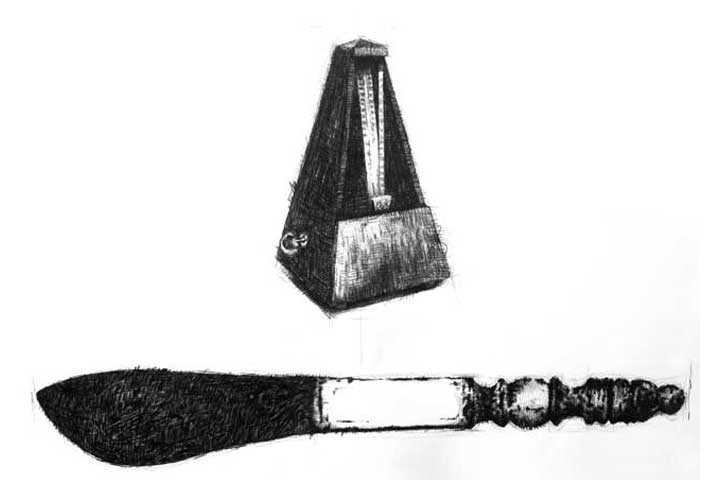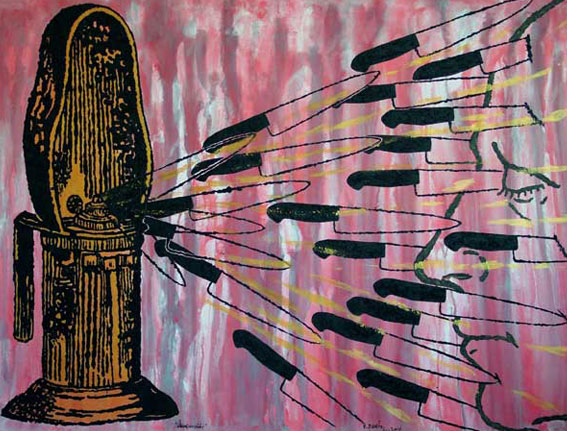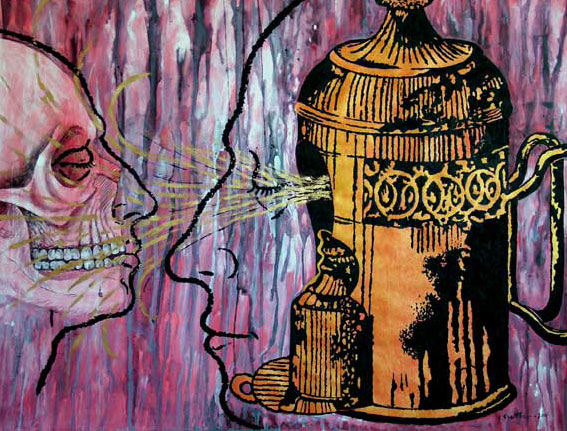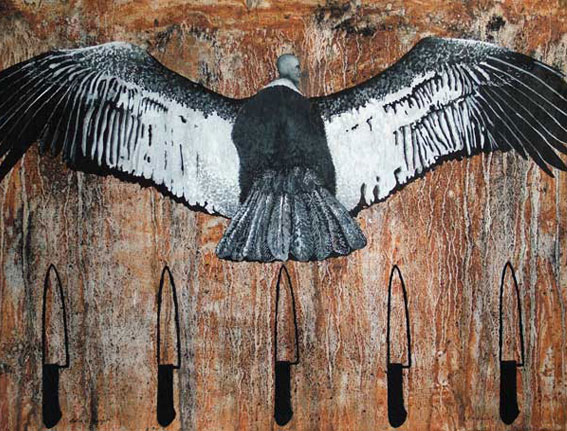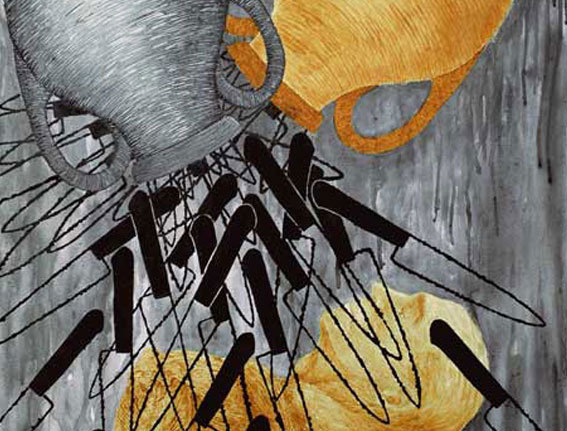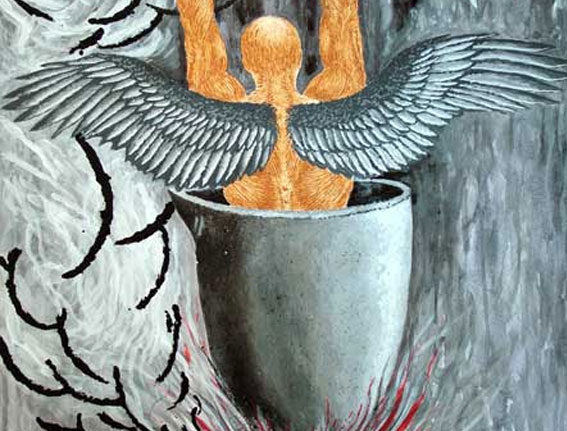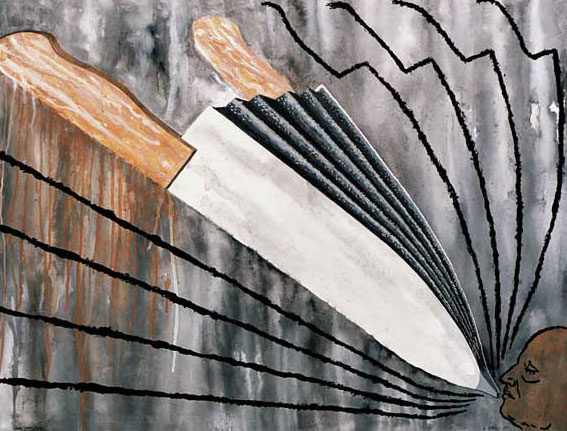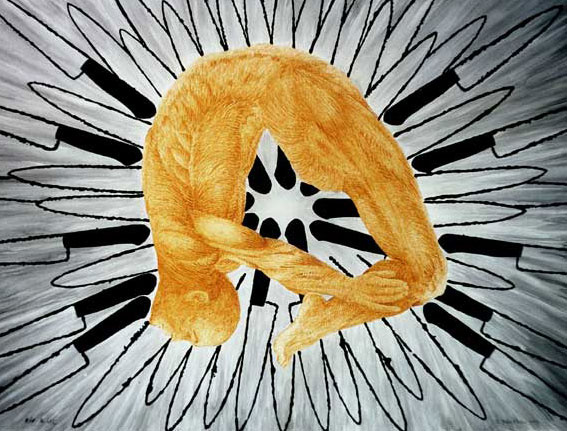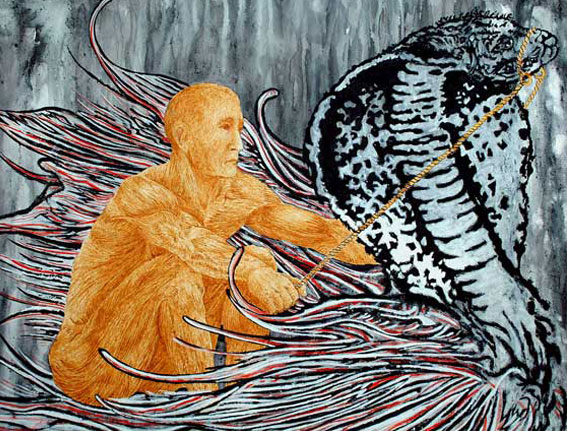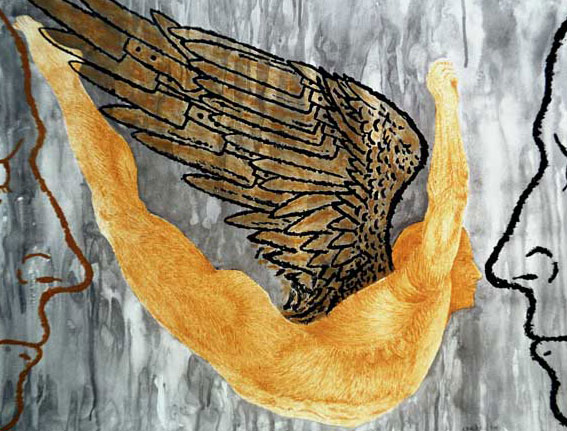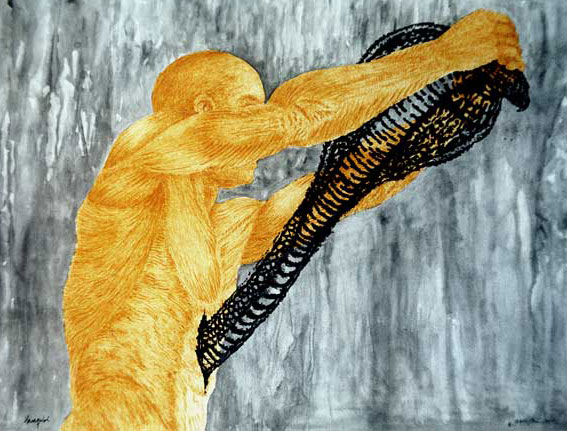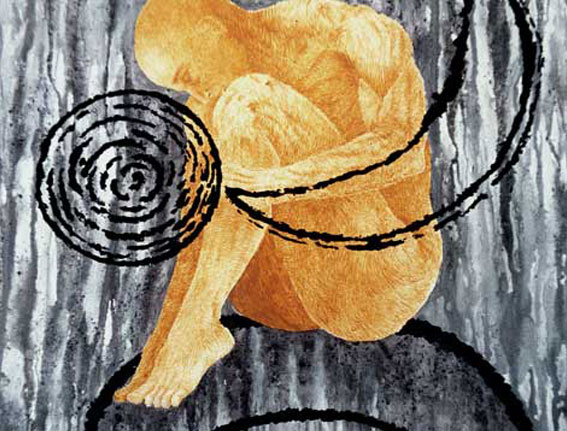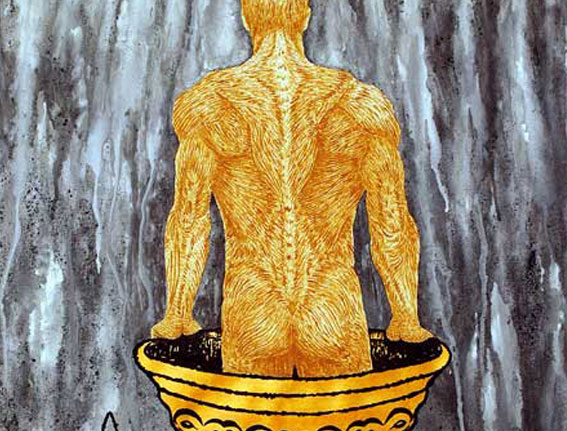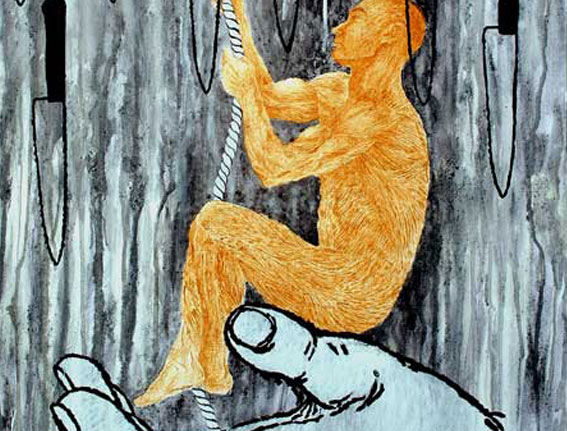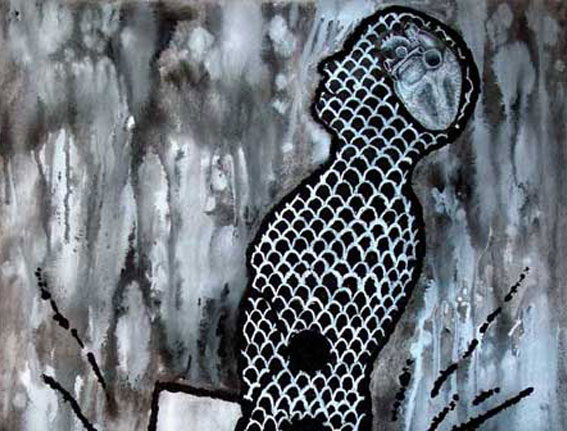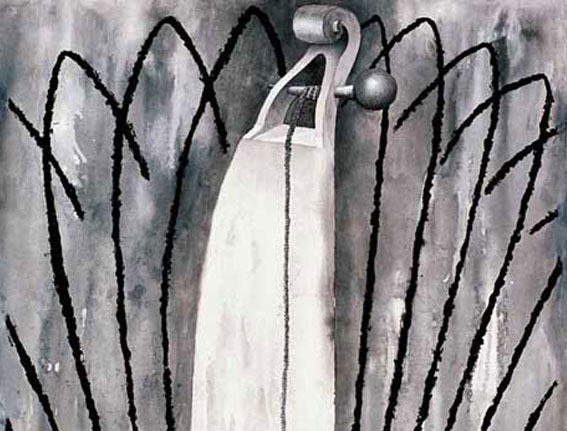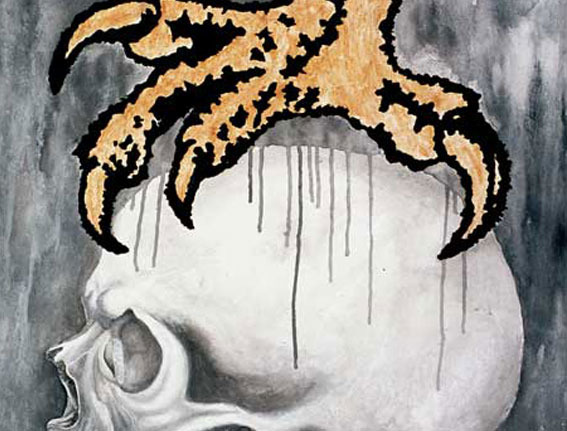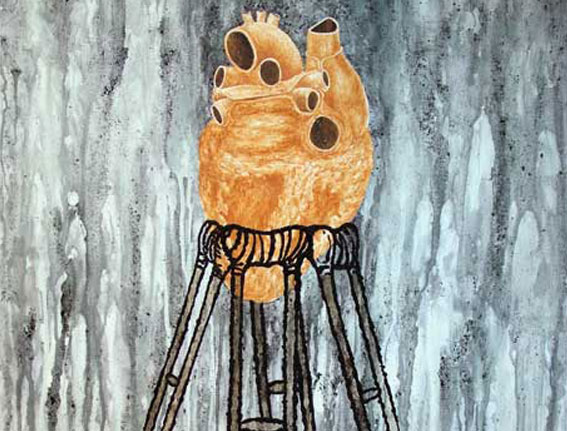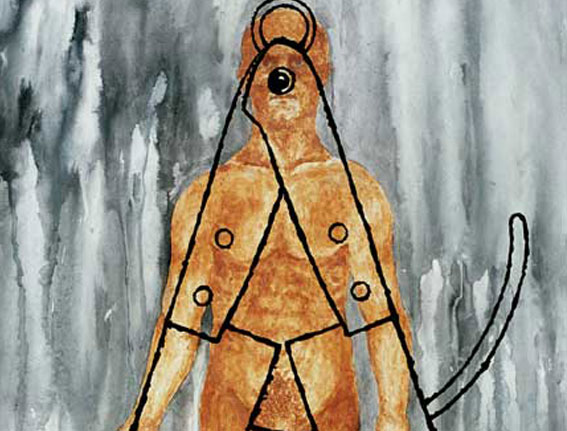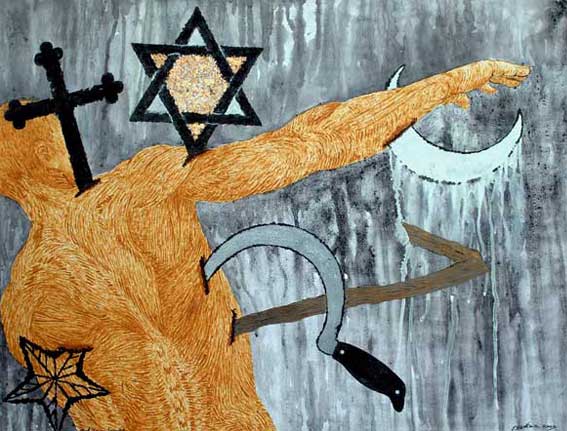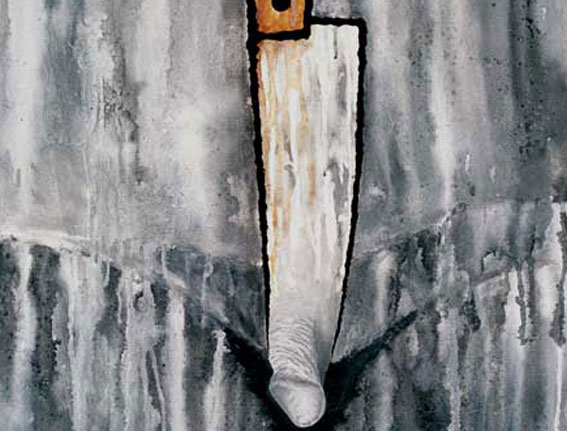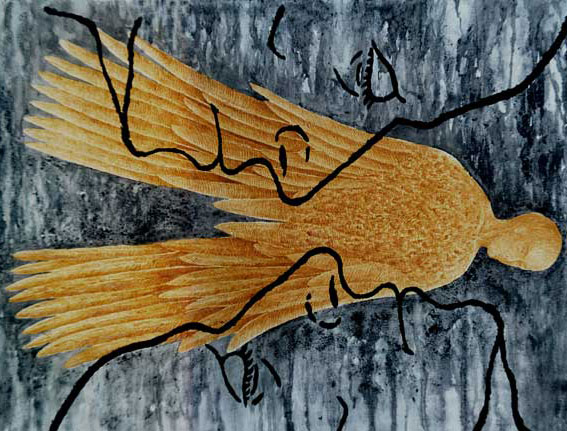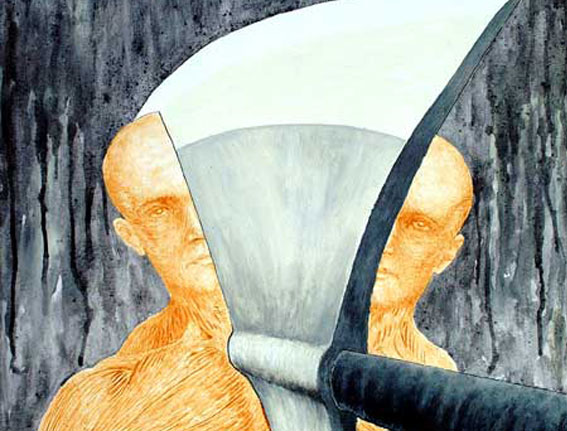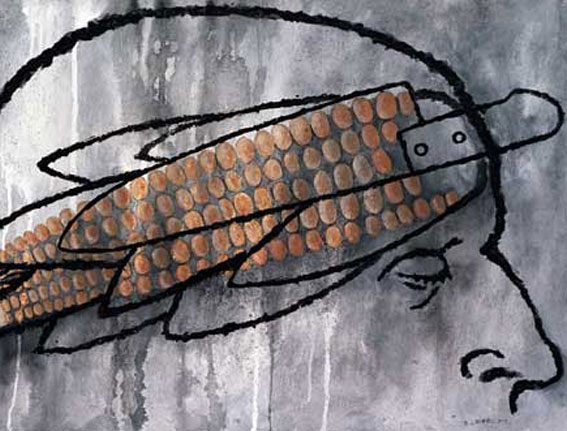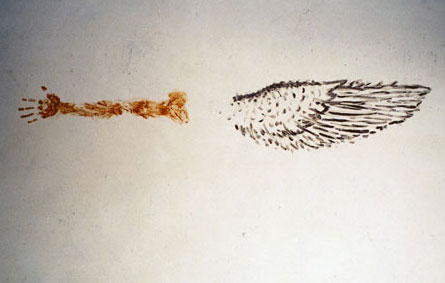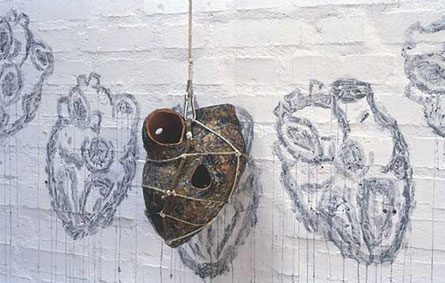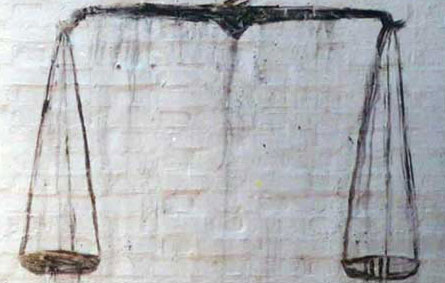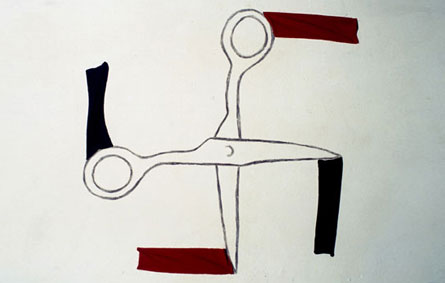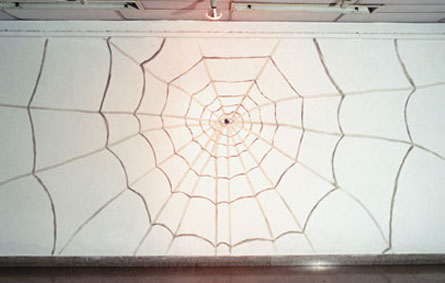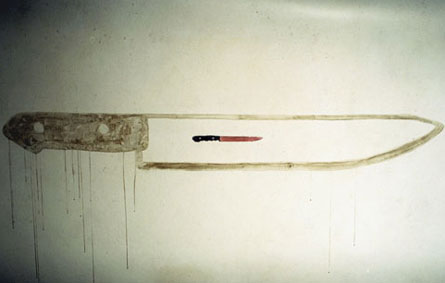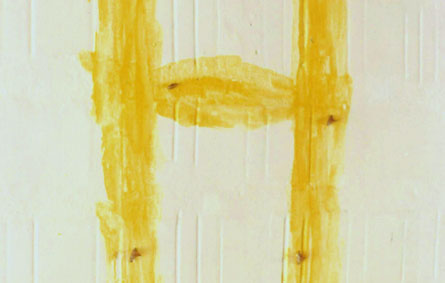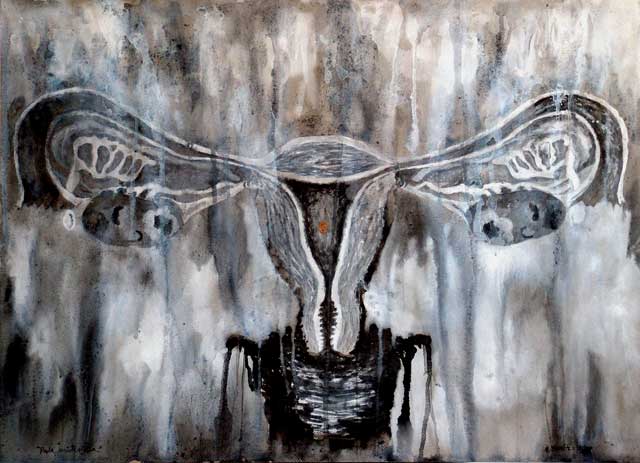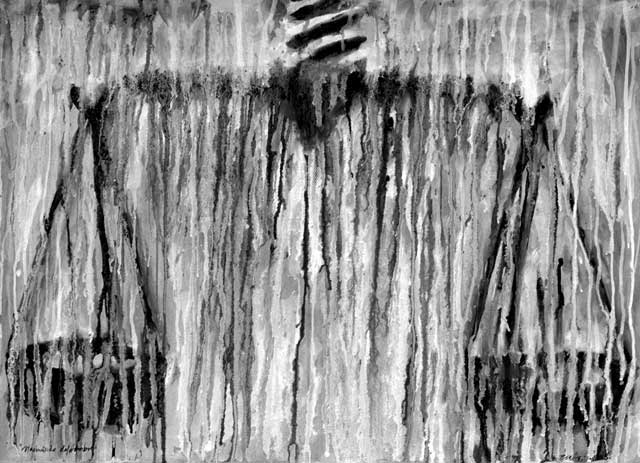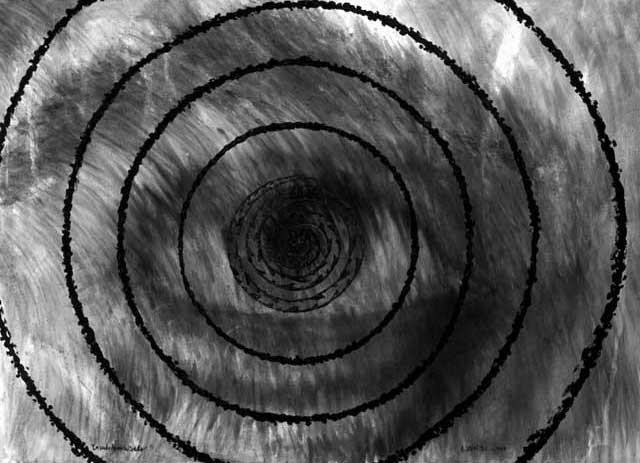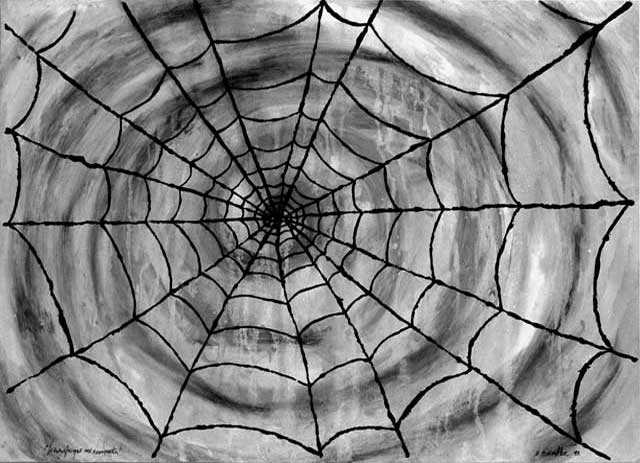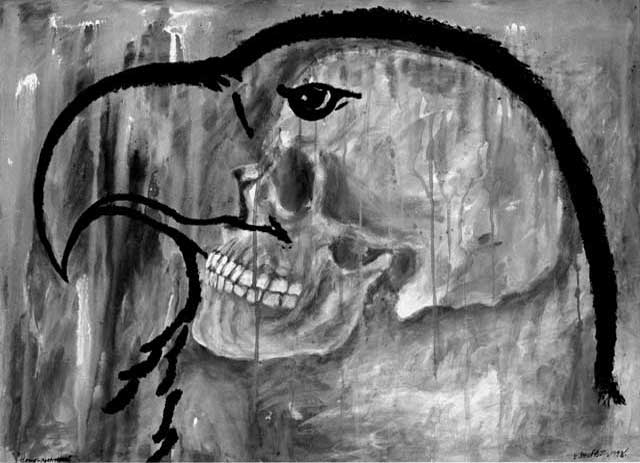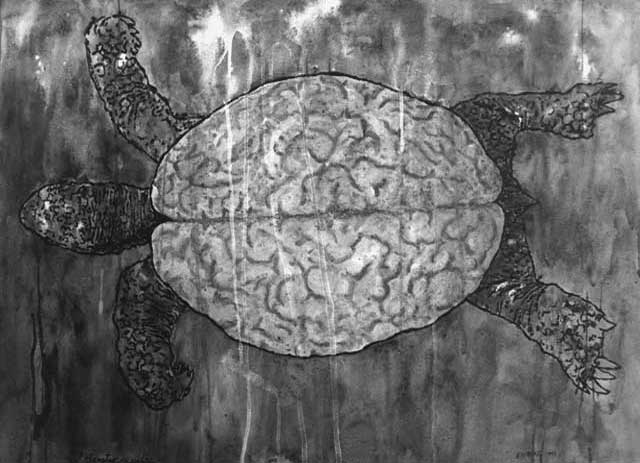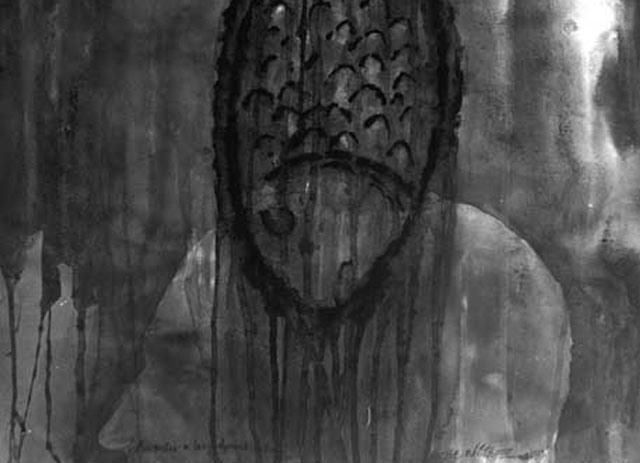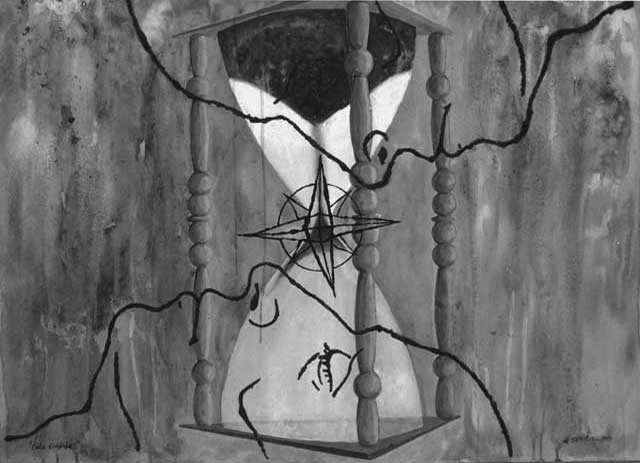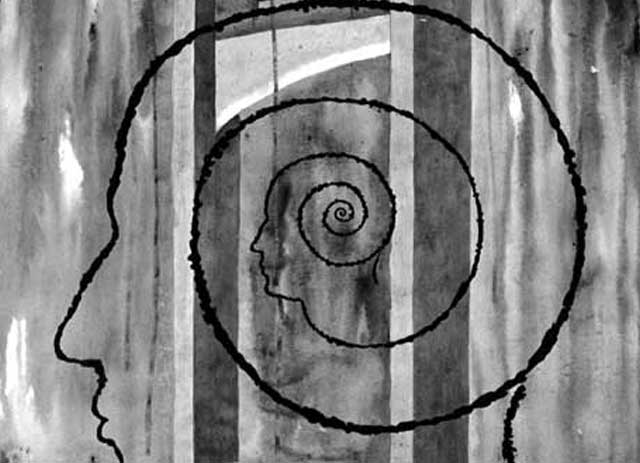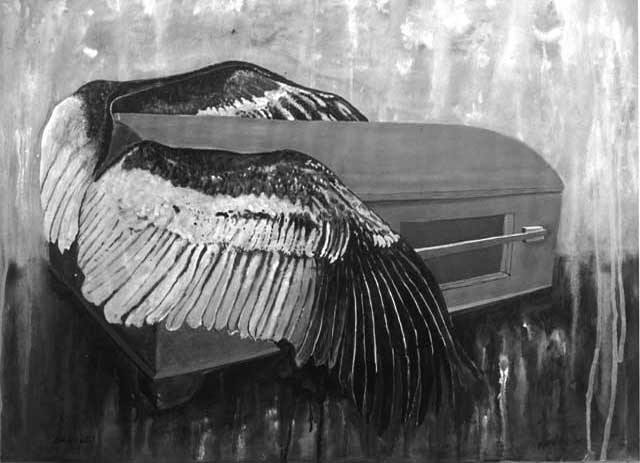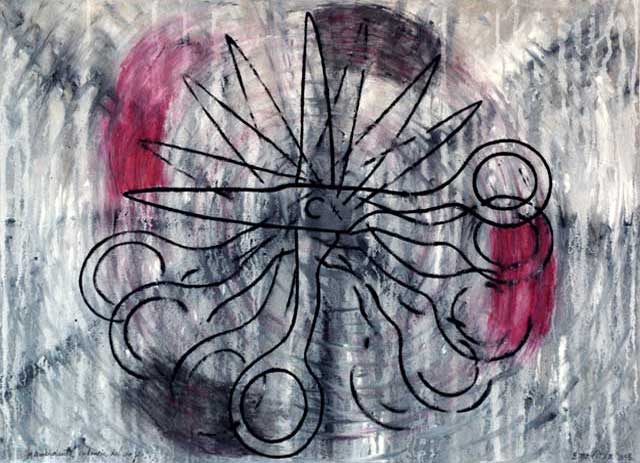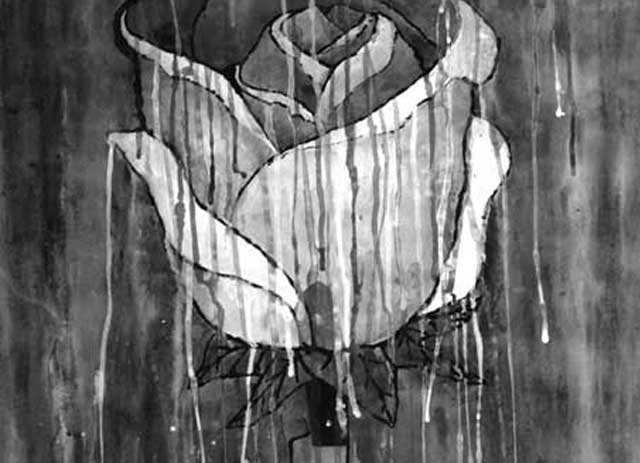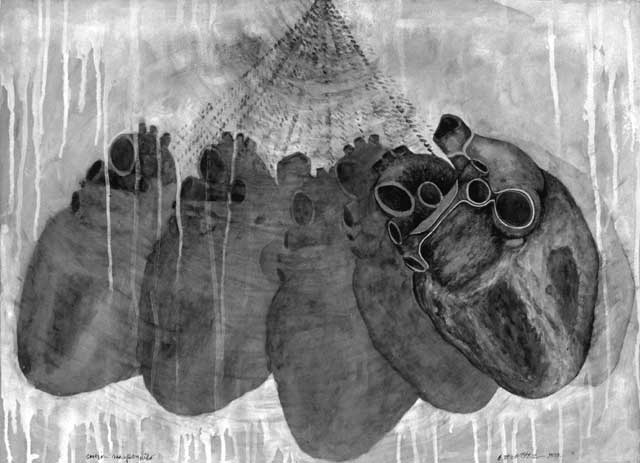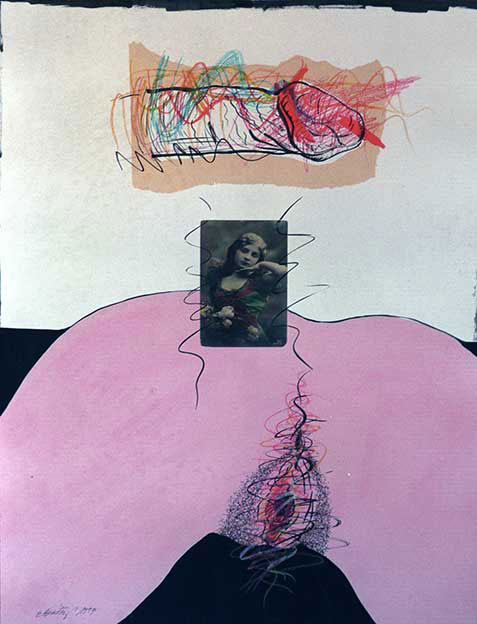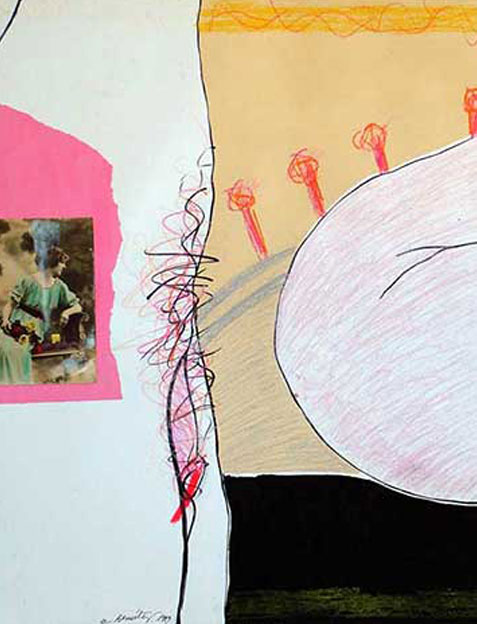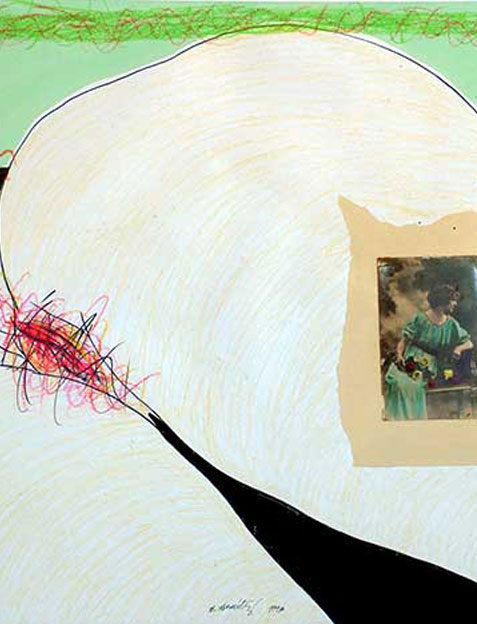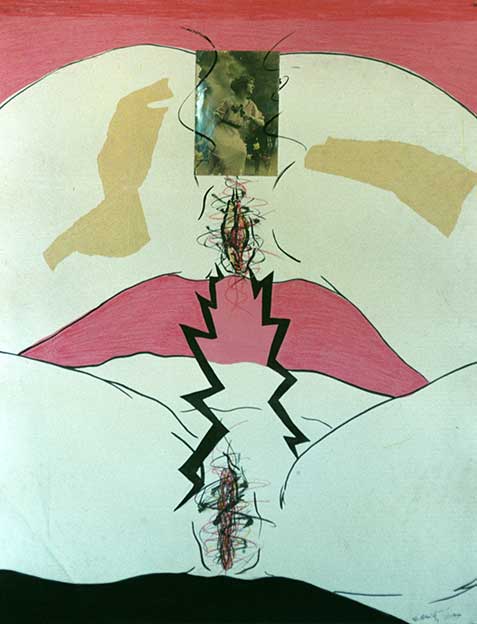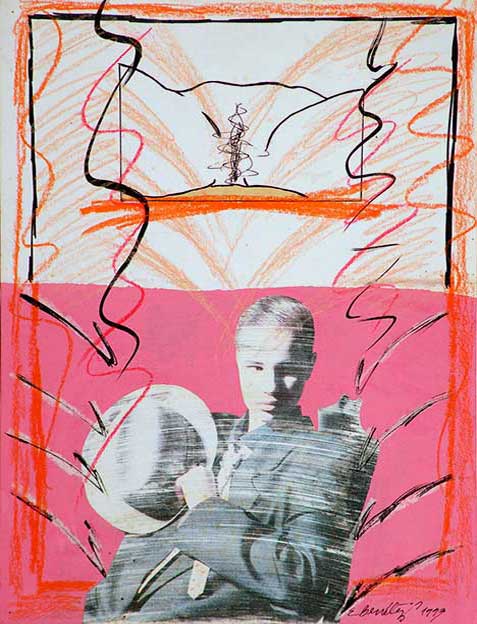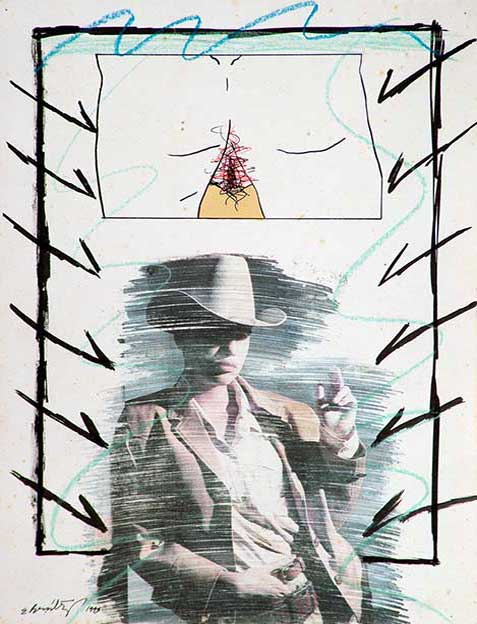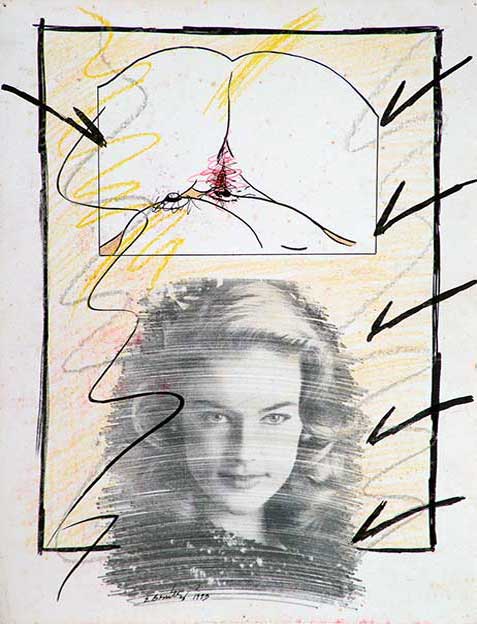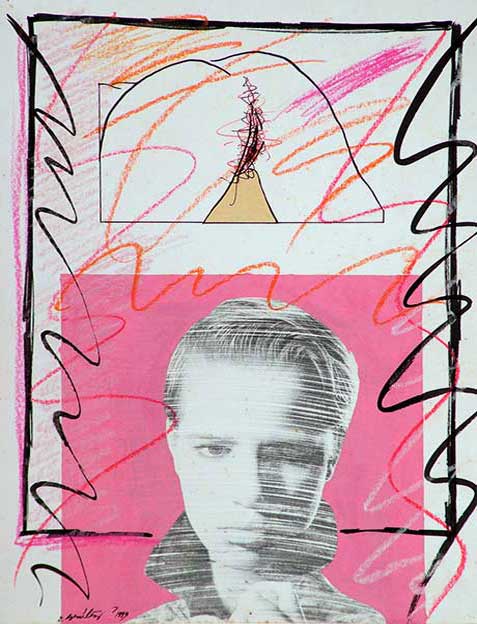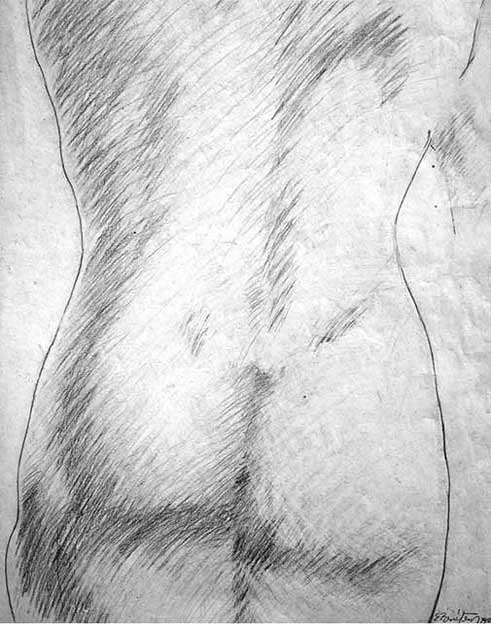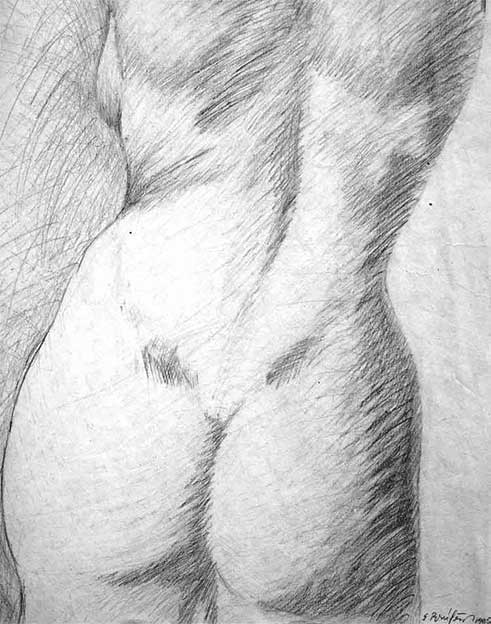(A selection of works made in Drawing and/or Work on Paper is shown to offer a global vision of the different produced series)
Drawings and Works on Paper (Academy Period). Art Student
It is curious that drawing in Ernesto Benitez’s work is not relegated to a secondary role, as is often the case with other contemporary artists. On the contrary: far from the connotations that drawing acquired during the Renaissance and very distant from assuming the values that modernism would later grant it, the artist exploits drawing by assuming the most traditional expressive techniques of this genre that -speaking in terms of aesthetics and postmodernity- some artists today avoid for fear of being associated with the representative side of the most orthodox art. For Benítez, his drawings, without losing their autonomy, are the perfect complements (not mere sketches) to proposals that, in many cases, end up being large-scale installation works. Perhaps that is why the artist himself affirms, referring to drawing, “I am cured of these doubts regarding the traditional genres of art… I am not interested at all in the striking stylistic effect that some neo-vanguardists (Donald Kuspit’s post-artists) are pursuing”.
Mixed Media Work on Paper and Drawing
According to the research that he develops for his different works and series, Ernesto Benítez moves between what he calls “an abstraction of figurative contour (utopian) and a pending, nebulous figuration, without context or footholds (dystopian)”. In both cases, the artist expandes drawing and does not disguise his aesthetics of academic basis (techné), something he could actually boast of, having studied at one of the academies of Fine Arts (San Alejandro) that places more emphasis on drawing and direct study of natural in Latin America.
His drawings (and his work as a whole) evoke, contrast and/or juxtapose an aesthetic of decadence and an aesthetic of emptiness, of the minimal, which avoids any distraction exercised by the superfluous. Hence the absence of a defined context in his two-dimensional works. Many drawings by Ernesto Benítez lack a spatial reference and the fact is that ambivalence -multivalence- (not ambiguity) is an imperative in his poetics. The figures (symbols) in Ernesto Benítez’s work are, at times, like slopes, halfway between heaven and earth; they are not fixed (they are suspended, pending) and are not stable or lasting. Many of his drawings enunciate a dialogue with images that find no anchorage, support or memory. Ernesto refers to them as elements that remain in a “penumbra of light” or in a “luminous darkness” and it doesn’t matter if the works are made with ashes from different origins, with ink, clay, conté pencil or other materials. Many of the contextual references and ideological ballasts fall apart; crumble into the spatial-temporal crossroads evoked by Ernesto Benítez’s drawing… “because exclusions do not save us, they drown us -like our glorious culture- in the sickly polarization that defines us, exclusively, for what we are not…”

